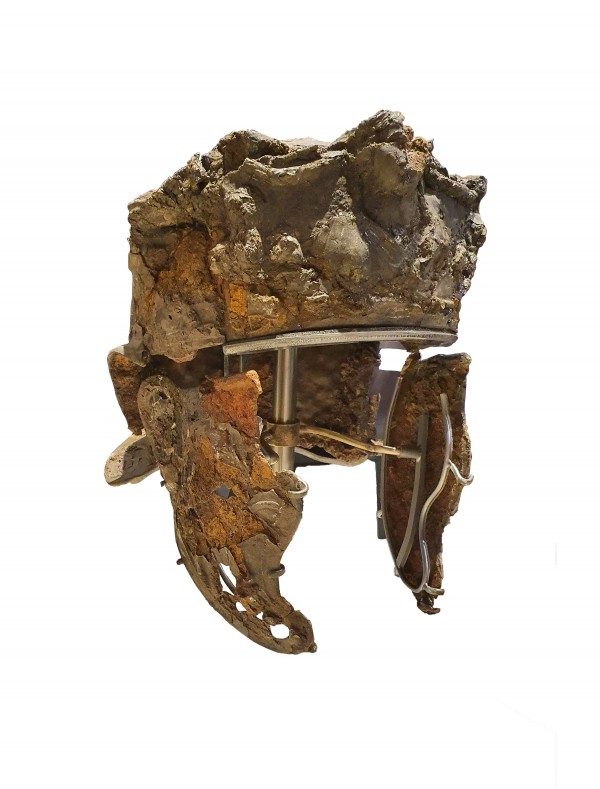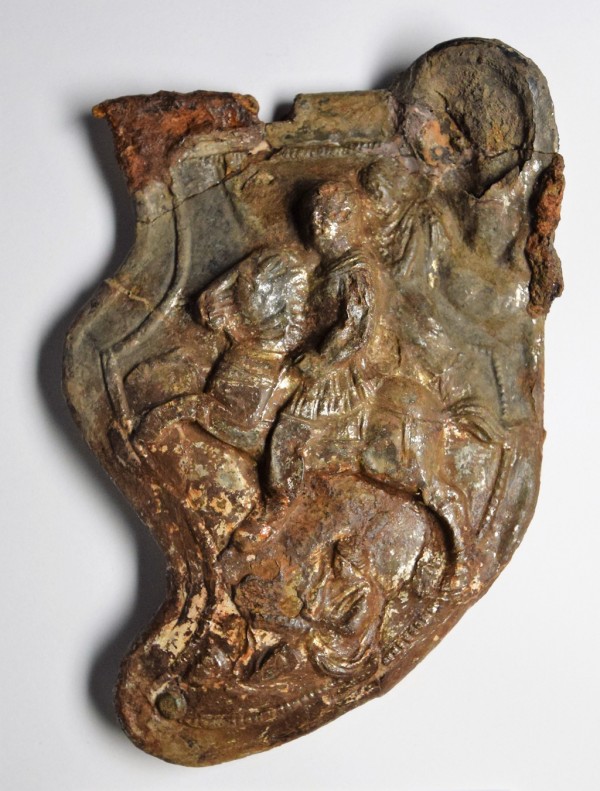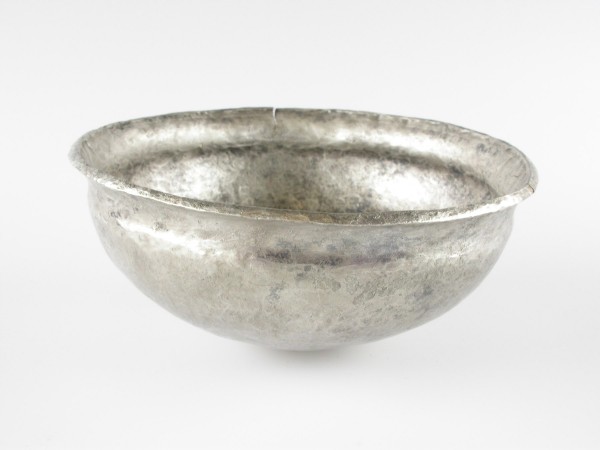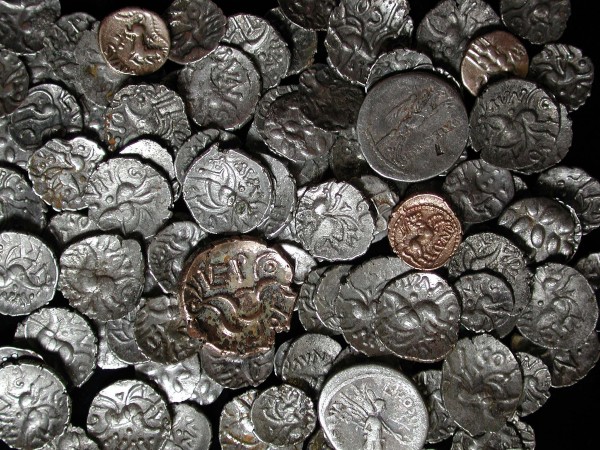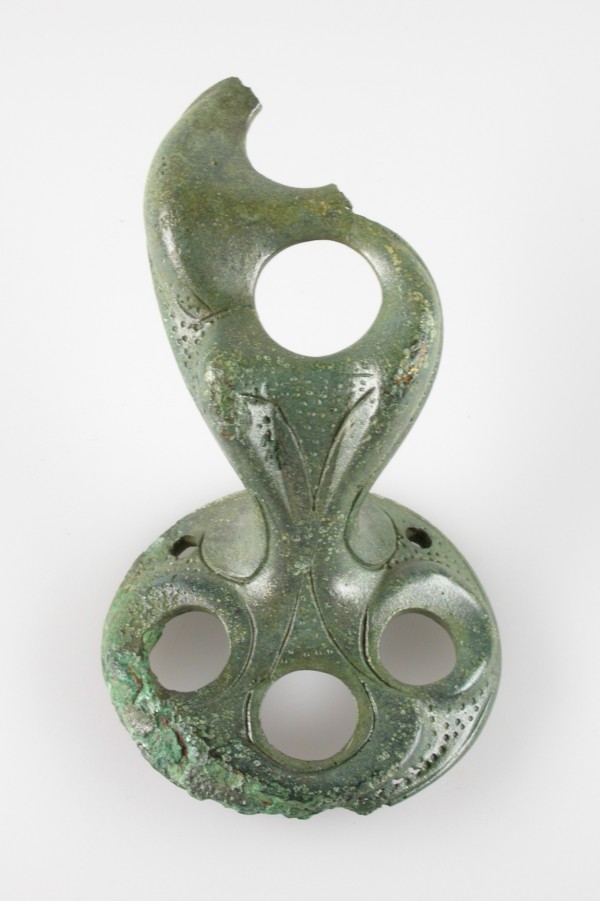The Hallaton Treasure
Discovered in the year 2000, Hallaton has shown that Leicestershire had extensive links to the Roman world in the years leading up to the Roman invasion of AD 43.
This internationally important collection of over 5,000 gold and silver Iron Age and Roman coins, a silver-gilt Roman cavalry helmet and other helmet parts, a unique silver bowl, ingots and animal bones was buried at a native Iron Age ritual site around the time of the Roman conquest in the mid-1st century AD. It was discovered by members of the Hallaton Fieldwork Group who excavated the site alongside archaeologists from University of Leicester Archaeological Services.
Find out more and see the Hallaton Treasure at Harborough Museum.

